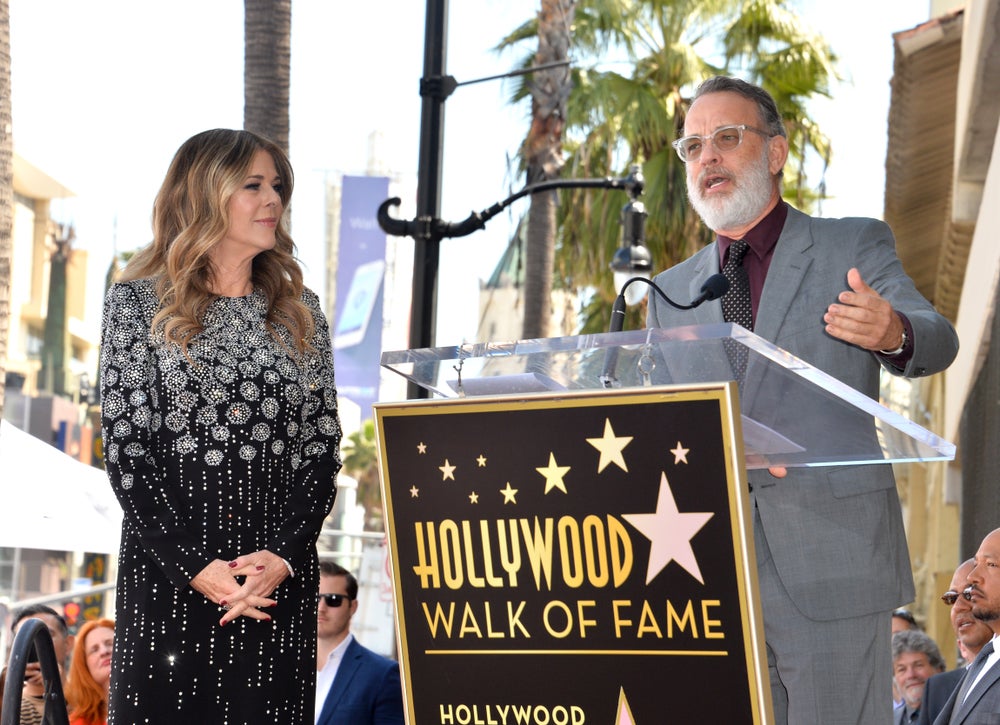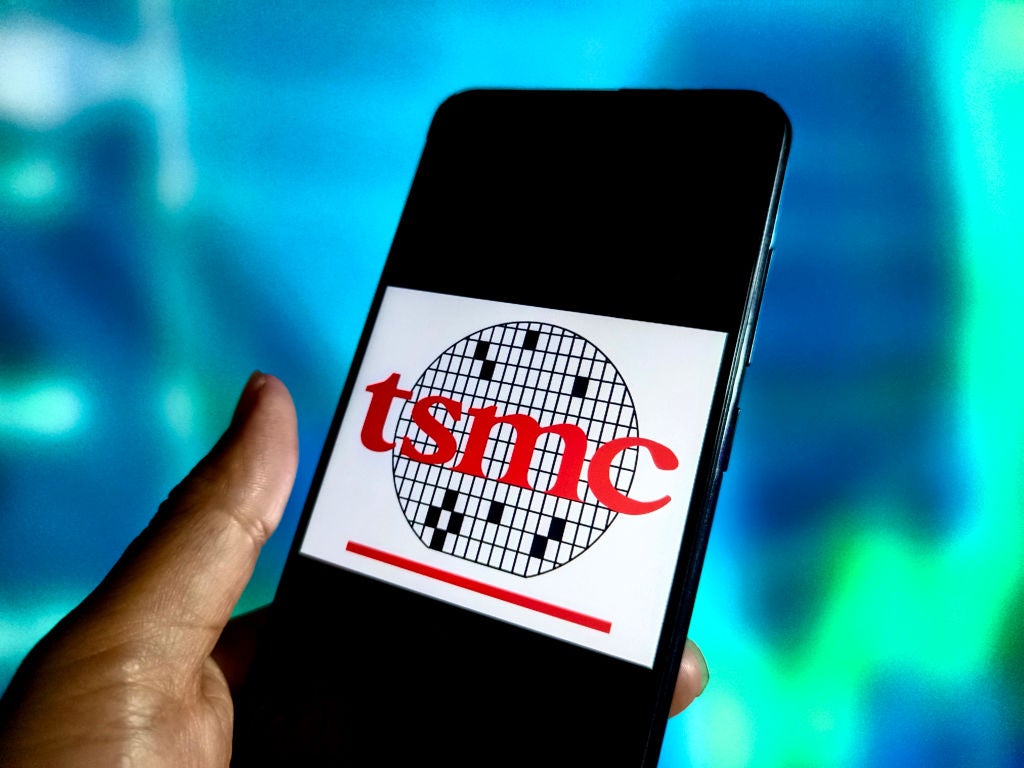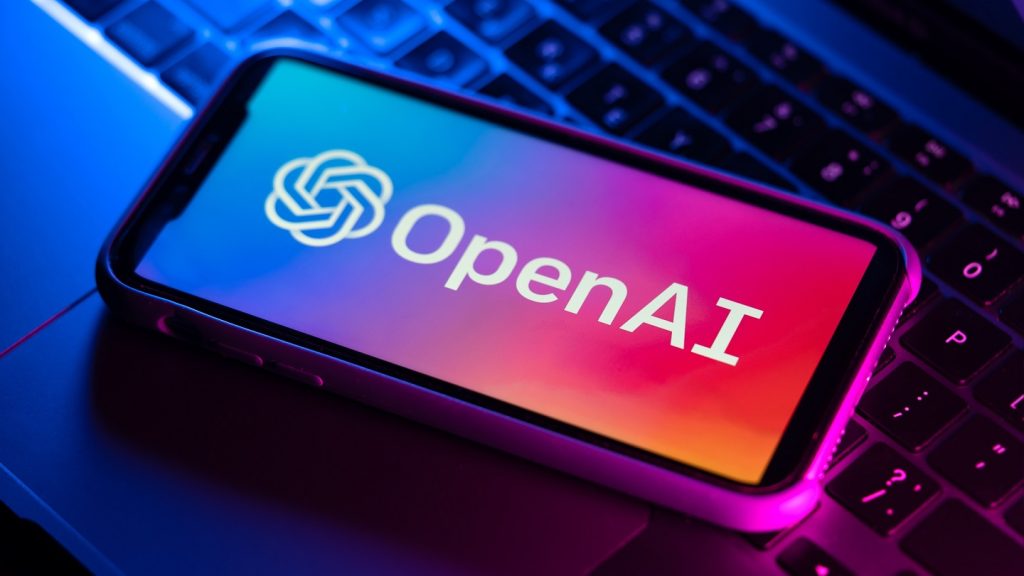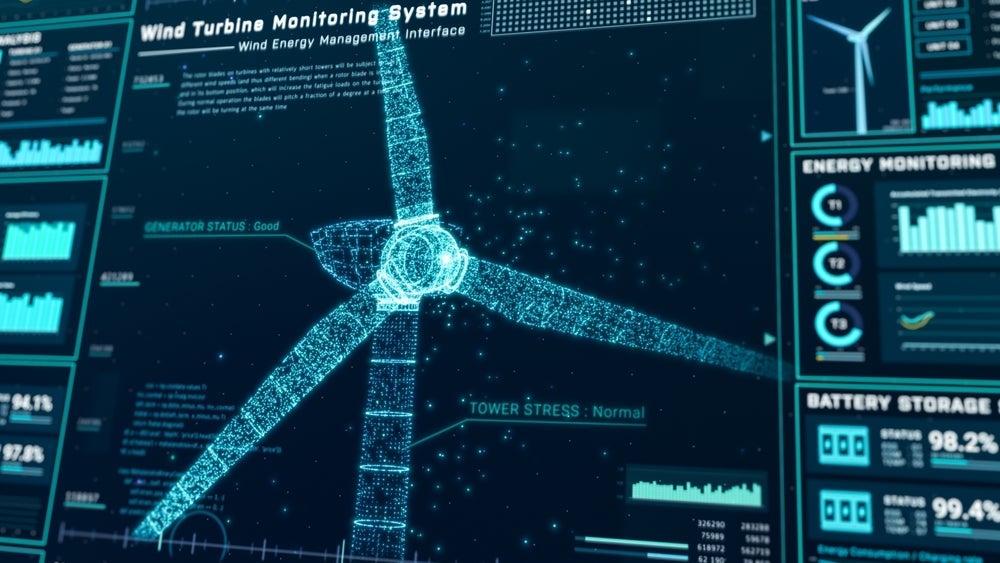Insight Enterprises has been granted a patent for a method to improve the output of an AI model processing video data. The method involves analyzing the video data through two processing pipelines, comparing the outputs, and adjusting preprocessing parameters based on a baseline criterion. This allows for optimization of the AI model’s performance. GlobalData’s report on Insight Enterprises gives a 360-degree view of the company including its patenting strategy. Buy the report here.
According to GlobalData’s company profile on Insight Enterprises, Holographic HUDs was a key innovation area identified from patents. Insight Enterprises's grant share as of September 2023 was 41%. Grant share is based on the ratio of number of grants to total number of patents.
Method for improving main output of ai model
A recently granted patent (Publication Number: US11778167B1) describes a method and system for improving the output of an artificial intelligence (AI) model analyzing video data. The method involves analyzing incoming video data through two processing pipelines.
In the first processing pipeline, the incoming video data is received from a camera and preprocessed according to specific parameters defined in a runtime configuration file. This preprocessing includes formatting the video data to create the first video data. The main AI model then accesses and processes the first video data to determine a main output, which represents an inference based on the video data.
Simultaneously, the second processing pipeline analyzes the incoming video data. A parameter optimization module identifies test preprocessing parameters and preprocesses the video data accordingly, creating first test video data. A test AI model then processes the first test video data to determine a test output, which represents a test inference based on the video data. The test output is compared to a baseline criterion.
If the test output satisfies the baseline criterion, the first preprocessing parameters in the runtime configuration file are altered to be similar to the test preprocessing parameters. However, if the test output fails to satisfy the baseline criterion, the test preprocessing parameters are replaced with different second test preprocessing parameters, and the analysis is repeated.
The patent also describes a system that implements this method. The system includes a camera for collecting video data, a first processing pipeline with a gateway and an endpoint for accessing and processing the video data using the main AI model, and a second processing pipeline with a parameter optimization module and a test endpoint for accessing and processing the video data using the test AI model. The parameter optimization module compares the main output and the test output to the baseline criterion and adjusts the preprocessing parameters accordingly.
The system may also include a computer processor that performs the preprocessing and processing steps, and an internal topic for communication between the camera and the processing pipelines.
Overall, this patent presents a method and system for improving the output of an AI model analyzing video data by optimizing preprocessing parameters based on test inferences and a baseline criterion.
To know more about GlobalData’s detailed insights on Insight Enterprises, buy the report here.
Premium Insights
From

The gold standard of business intelligence.
Blending expert knowledge with cutting-edge technology, GlobalData’s unrivalled proprietary data will enable you to decode what’s happening in your market. You can make better informed decisions and gain a future-proof advantage over your competitors.







